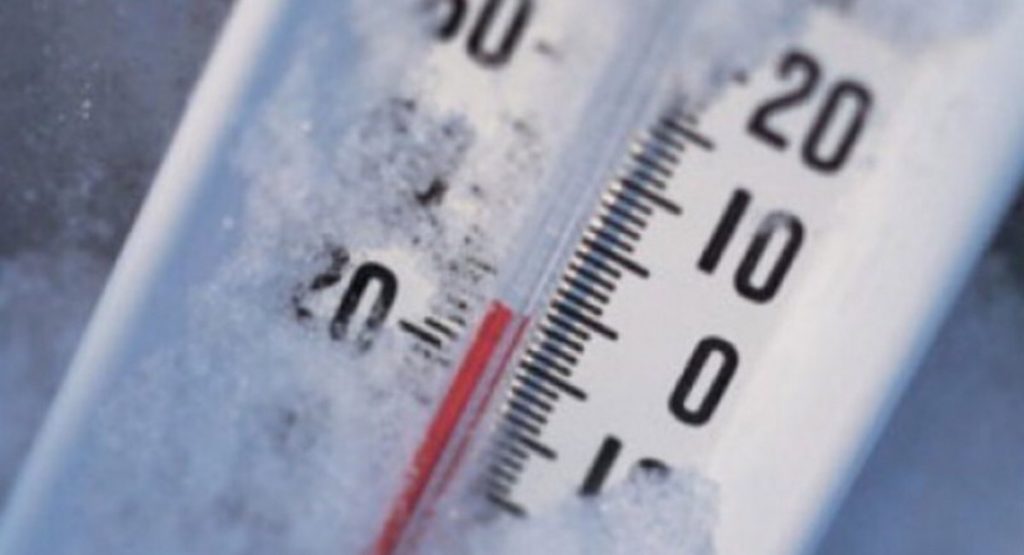Global warming has caused some dramatic changes in Burgundy, where the weather seems to get more and more unpredictable and even violent.
I don’t have any solid evidence that the hail episodes over the past decade are directly linked to global warming, but neither do I find assertions that the apparent increase in hailstorm frequency and intensity is not directly related to rising temperatures. But one thing is certain: The weather is changing rapidly!

The fact is that some pretty violent storms have passed through the vineyards over the last ten years, some widespread and devastating (2013), some more localised (2018).
Despite the installation of anti-hail cannons, often vignerons can only pray – hence the Hail Mary – and assess the damage afterward.
Let’s take a closer look at the effects of hail.
Le Gout de Grele
Hail can damage the grapes and vines dramatically, and depending on the severity of the storm one finds different results in the wines. Clearly, this also depends enormously on the amount of sorting done by the estate after the damage is done.
The basic effect on the wines of a hailstorm can be summarised as follows:
“Vineyards that have suffered badly from hail damage can produce wines that lose freshness and fruit in favour of acidity, and they can even take on bitterness on the palate. At worst, there is a somewhat moldy note in taste and bouquet. Therefore it is important to sort the grapes very thoroughly.”
The key questions are, therefore: How bad was the damage and how thorough was the sorting?
Hail damage in 2018
I have tasted a range of hail-affected wines, and the effects range from relatively negligible on to a loss of mid-palate fruit and moving up to full-blown bitterness and significant loss of fruit.
The worst cases are marked clearly what one would call Goût de grêle – the taste of hail.
Many wines have, however, come from grapes that were properly sorted. Hence there is significantly less impact on the fruit in the final vinification, and almost no perceptible deviation in the wine.
The different levels of damage
Some wines have a minor – yet noticeable – loss of fruit. It is not unpleasant, just more or less apparent. This is especially noticeable when tasted in a lineup with other wines from the estate that did not suffer hail damage.
In a rich vintage like 2018, hail-affected wines may still offer sufficient fruit, but they will often lack energy. They are very rarely – if ever – vins d’émotion.
Hail damage can potentially cause other imbalances or peculiarities in wine. For instance, thick-skinned millerandage grapes cope better with hail, and fermentation with mainly millerandage grapes can yield surprising alcohol levels if the grapes are ripe. This example is perhaps rather unusual, but serves to show that the effects of hail are unpredictable – even with proper sorting.
The extent of hail in 2018
Hailstorms can be very localised or in some cases hit larger parts of an appellation or appellations.
The intensity of the hail can vary hugely, as consequently will the damage. As always, the truth is in the glass.
In 2018, hail hit the southern end of Nuits-Saint-Georges, Premeaux-Prissey, Comblanchien and parts of Corgoloin.
The growers are normally open about weather events. But be observant and taste thoroughly, despite the fact that most vignerons do a splendid job sorting.
In the end, a badly hailed wine is something like a Hail Mary pass, a desperation play in American football – a very long forward pass, typically made in a game’s closing seconds, with only a small chance of success!
There are some hailed 2018s that didn’t make the catch!

 - A true vin d’émotion – a Burgundy of passion
- A true vin d’émotion – a Burgundy of passion - A truly hedonistic wine – lively and enjoyable
- A truly hedonistic wine – lively and enjoyable - A vivacious wine for pure indulgance
- A vivacious wine for pure indulgance - A Vin Vif - fresh, energetic and with a light appearance
- A Vin Vif - fresh, energetic and with a light appearance
Hi Winehog. I read all your article and right now much about the 2018.
You have said that there is big difference between the domaines and the vineyards. But which of the Cote de Nuits vineyards did best in this Warm year ?
With many thanks , Carsten Froekjaer